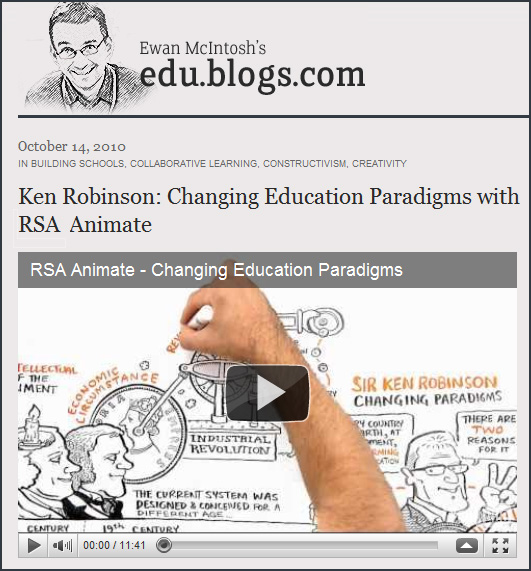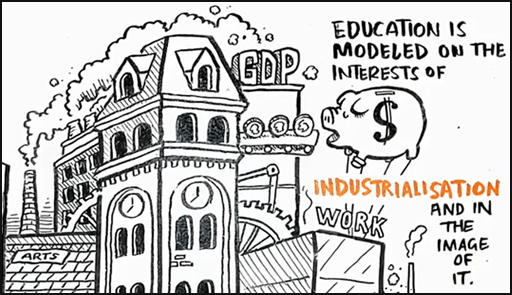The Rise of the ‘Edupunk’ — from InsideHigherEd.com by Jack Stripling
NEW YORK — The “Edupunks” will inherit the Earth … or at least some attention.
Those in higher education who continue hand-wringing over the relative merits of online learning and other technology-driven platforms will soon find themselves left in the dust of an up-and-coming generation of students who are seeking knowledge outside academe. Such was an emerging consensus view here Monday, as college leaders gathered for the TIAA-CREF Institute’s 2010 Higher Education Leadership Conference.
“We’re still trying to fit the Web into our educational paradigm.… I just don’t think that’s going to work,” said Mary Spilde, president of Lane Community College, in Eugene, Ore.
Today’s students are “pretty bored with what we do,” she added.
In a notable acknowledgment of the tail wagging the dog, several panelists alluded here to the possibility that if colleges don’t change the way they do business, then students will change the way colleges do business.
College leaders don’t yet know how to credential the knowledge students are gaining on their own, but they may soon have to, said Mark David Milliron, deputy director for postsecondary improvement at the Bill & Melinda Gates Foundation. We are not far from the day when a student, finding unsatisfactory reviews of a faculty member on ratemyprofessors.com, will choose to take a class through open courseware online and then ask his home institution to assess him, Milliron said. Colleges need to prepare for that reality, he said.
.












